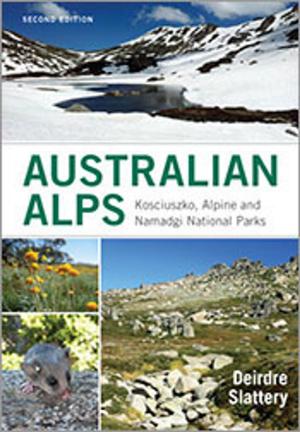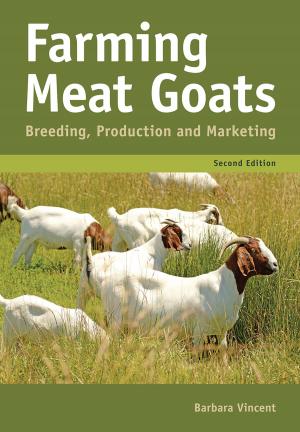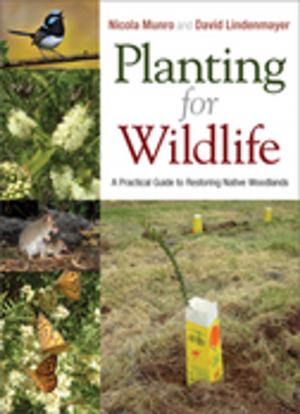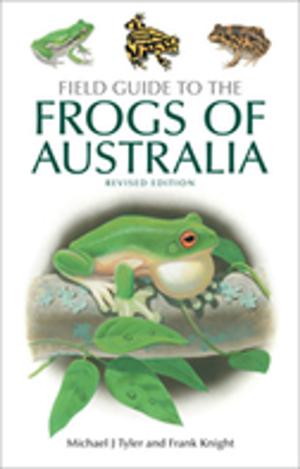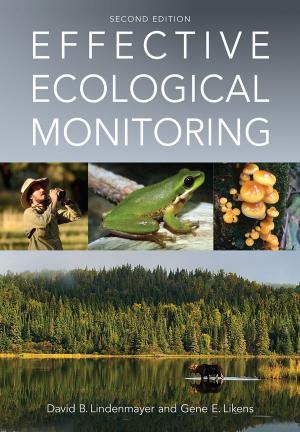Flammable Australia
Fire Regimes, Biodiversity and Ecosystems in a Changing World
Nonfiction, Science & Nature, Technology, Nature, Science| Author: | ISBN: | 9780643104846 | |
| Publisher: | CSIRO PUBLISHING | Publication: | February 21, 2012 |
| Imprint: | CSIRO PUBLISHING | Language: | English |
| Author: | |
| ISBN: | 9780643104846 |
| Publisher: | CSIRO PUBLISHING |
| Publication: | February 21, 2012 |
| Imprint: | CSIRO PUBLISHING |
| Language: | English |
In Flammable Australia: Fire Regimes, Biodiversity and Ecosystems in a Changing World, leading researchers in fire ecology and management discuss how fire regimes have shaped and will continue to shape the distribution and abundance of Australia’s highly diverse plants and animals. Central to this is the exploration of the concept of the fire regime – the cumulative pattern of fires and their individual characteristics (fire type, frequency, intensity, season) and how variation in regime components affects landscapes and their constituent biota. Contributions by 44 authors explore a wide range of topics including classical themes such as pre-history and evolution, fire behaviour, fire regimes in key biomes, plant and animal life cycles, remote sensing and modelling of fire regimes, and emerging issues such as climate change and fire regimes, carbon dynamics and opportunities for managing fire regimes for multiple benefits. In the face of significant global change, the conservation of our native species and ecosystems requires an understanding of the processes at play when fires and landscapes interact. This book provides a comprehensive treatment of this complex science, in the context of one of the world’s most flammable continents.
In Flammable Australia: Fire Regimes, Biodiversity and Ecosystems in a Changing World, leading researchers in fire ecology and management discuss how fire regimes have shaped and will continue to shape the distribution and abundance of Australia’s highly diverse plants and animals. Central to this is the exploration of the concept of the fire regime – the cumulative pattern of fires and their individual characteristics (fire type, frequency, intensity, season) and how variation in regime components affects landscapes and their constituent biota. Contributions by 44 authors explore a wide range of topics including classical themes such as pre-history and evolution, fire behaviour, fire regimes in key biomes, plant and animal life cycles, remote sensing and modelling of fire regimes, and emerging issues such as climate change and fire regimes, carbon dynamics and opportunities for managing fire regimes for multiple benefits. In the face of significant global change, the conservation of our native species and ecosystems requires an understanding of the processes at play when fires and landscapes interact. This book provides a comprehensive treatment of this complex science, in the context of one of the world’s most flammable continents.

